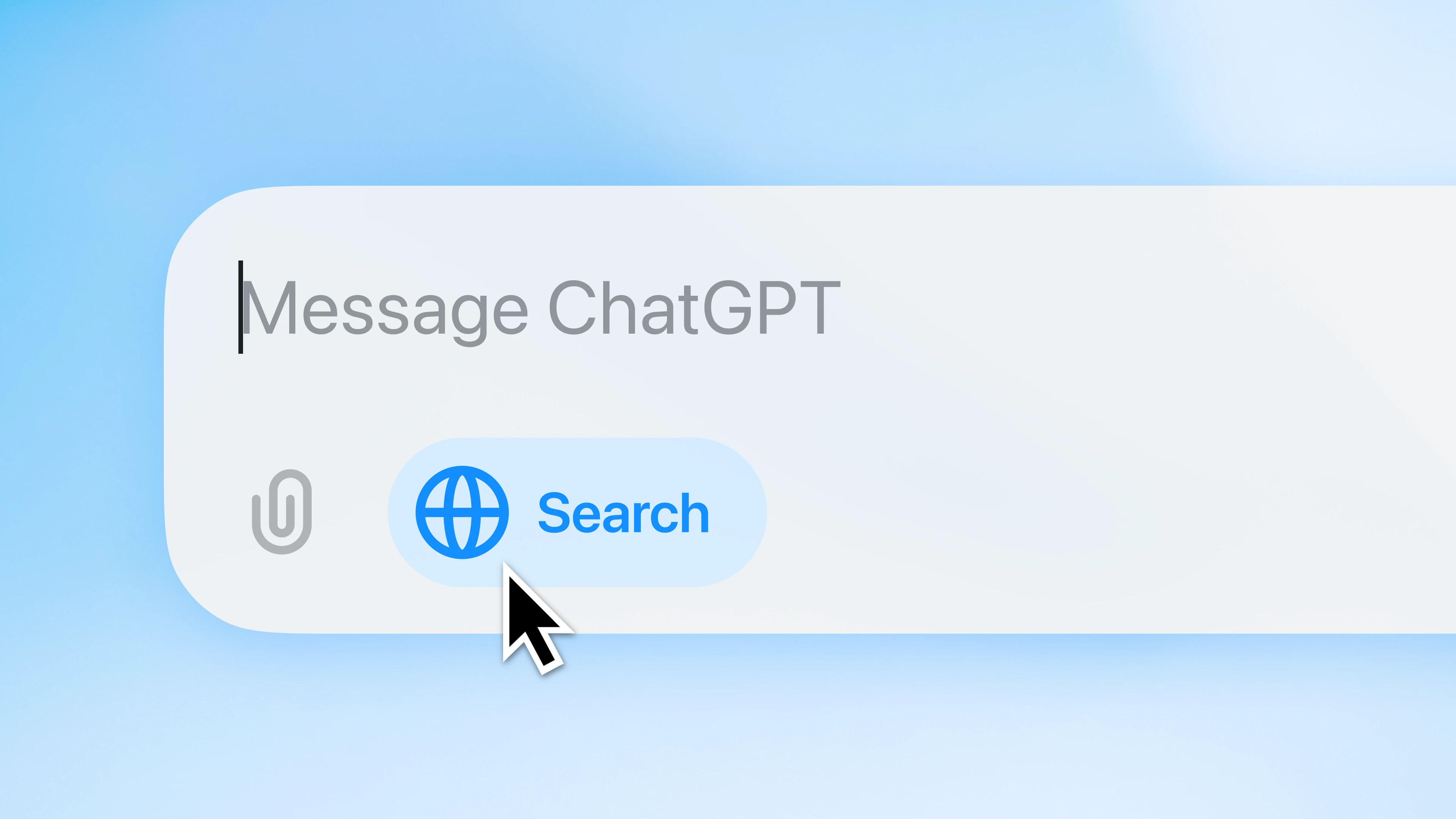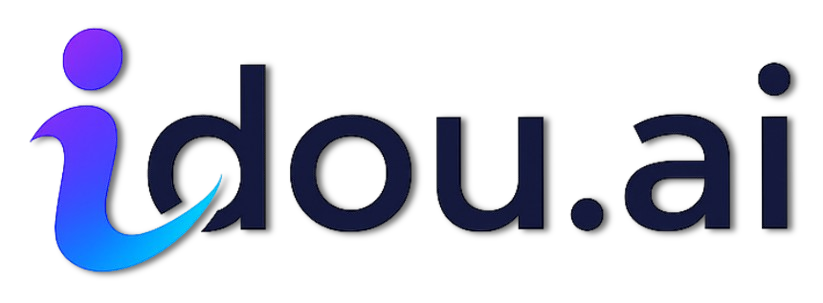
In AI search, being the answer beats ranking for the answer.
Picture this: a prospect asks ChatGPT, Whats the best platform for your category? and your rival gets the nod. That invisible loss now happens millions of times each month. Generative Engine Optimization (GEO) prevents it. After twenty years spent reverse-engineering Google and, more recently, fine-tuning LLM behaviour, I have distilled the playbook below. Master it over the next quarter and you will build a moat that algorithms cannot cross.
Executive Summary
Traditional SEO fights for ten blue links; GEO fights for the sentence the AI speaks. Visibility is no longer a linear ranking problem; it is an inclusion problem. Our four pillar GEO framework (Data Visibility, Authority Signals, Experience Alignment, Continuous Feedback) delivers systematic, compounding gains across every major LLM surface.
From SEO to GEO: Why the Goalposts Moved
Google AI Overviews, Microsoft Copilot and Perplexity answer cards collapse an entire SERP into one conversational reply. If your brand is not in the first three references, you are effectively invisible. GEO shifts optimisation from rank this page to embed this entity where the conversation happens.
The Four GEO Pillars for 2025
- Data Visibility - Own the Facts: Publish machine readable truth with schema, FAQs and a current
llms.txt. Mismatched data is the fastest path to AI amnesia. - Authority Signals - Earn the Cite: Secure mentions in trusted reservoirs such as Wikipedia, academic journals, GitHub READMEs and Reddit AMAs. Our crawler flags the top five authority gaps every Monday.
- Experience Alignment - Write for Synthesis: Bullet lists, concise definitions, source links and TL;DRs outperform meandering prose. Think of snippets that an LLM can lift verbatim.
- Continuous Feedback - Iterate Quickly: Track inclusion daily and adjust before the next Gemini or Claude weight push. GEO is a tempo game.
Case Study: 48 Hour Visibility Sprint
Last month we took a zero visibility fintech startup from unseen to cited in both ChatGPT and SGE within two days.
- Identified ten long tail prompts with purchase intent (best invoicing tool for Swiss freelancers).
- Published concise Q&A articles (350 word answers plus JSON-LD
FAQPage). - Pinged Bing Webmaster and the Google Indexing API, then pushed a fresh sitemap.
- Crowdsourced ten authentic Reddit comments that linked to the new resources.
Result: Seven of ten prompts included the brand after forty eight hours, and three outranked incumbents. The pattern is repeatable, and a templated sprint checklist is available in our platform.
Decoding the Alphabet Soup
The acronyms confuse even veterans. Here is the cheat sheet:
- SEO: Ranks pages in web search.
- AEO: Optimises concise answers for engines like Google AI Overviews.
- GEO: Ensures LLMs surface and recommend your entity inside generated answers.
- LLMO: Structures data so any large language model interprets it correctly.
Technical Foundations 2.0
- Host
llms.txtat the domain root and include pricing, contact info and canonical product taxonomy. - Expose product data as GraphQL or static JSON (
/data/catalog.json) for friction free crawling. - Adopt IndexNow and real time XML sitemaps for near instant update adoption across AI partners.
- Compress assets and pre render critical pages; speed remains a ranking tie breaker when models fall back to web snippets.
Authority and Trust: The Citation Flywheel
Our analysis of eleven thousand AI answers shows brands with third party citations enjoy a 3.4 higher inclusion rate. Prioritise:
- Proprietary data studies released under Creative Commons.
- Expert guest posts in niche, moderator run communities.
- Answering top voted questions on Stack Overflow or r/YourIndustry.
Distribution in the AI Era
Do not gate your knowledge. Publish distilled insights where model trainers look: public PDFs, SlideShare decks and GitHub gists. The Action Items tab highlights the exact sources feeding each model so you can mirror winning patterns.
Common Pitfalls to Avoid
- Copying AI Output Word for Word: Duplicate phrasing triggers de prioritisation; always add novel insight.
- Schema Bloat: Over decorating every paragraph confuses parsers. Mark up only the essentials.
- Set and Forget Mindset: Model weights update weekly; yesterdays win can vanish overnight.
Metrics That Matter
Your GEO KPI stack boils down to three signals:
- Inclusion Rate % - share of tracked prompts that mention you.
- Answer Share - average position within the AI response.
- Reference Velocity - net new citing domains per week.
Our dashboard refreshes these figures daily and overlays competitor deltas so your win rate is visible in CFO friendly graphs.
Future Proof Checklist
- Ship one data rich article that answers a high value question every week.
- Audit llms.txt and schema monthly; outdated facts equal lost mentions.
- Monitor model release calendars (Gemini 3.x, Claude 4) and rerun visibility tests within twenty four hours of each update.
- Maintain a Reddit and Stack Overflow schedule: five authentic contributions each week.
- Experiment quarterly with new formats, including short form video transcripts and Google AI ready docs.
Conclusion: Get Remembered or Get Replaced
The LLM layer is the new homepage. Brands that embed themselves in model memory will command outsized awareness, referrals and revenue. Start small with the forty eight hour sprint, lock in the four pillars and iterate. The next time someone asks an AI which tool to trust, make sure it remembers you.

